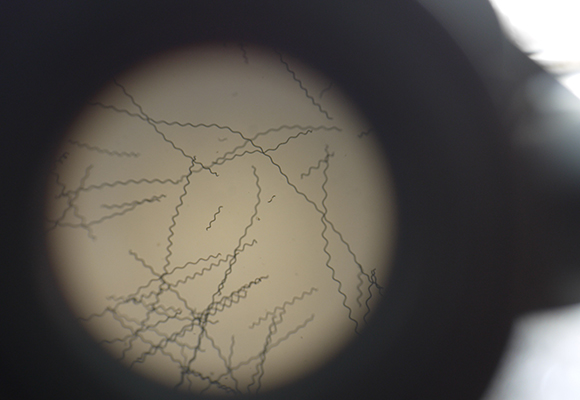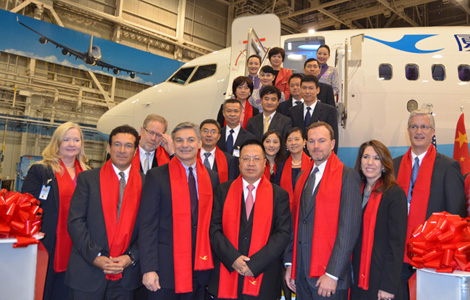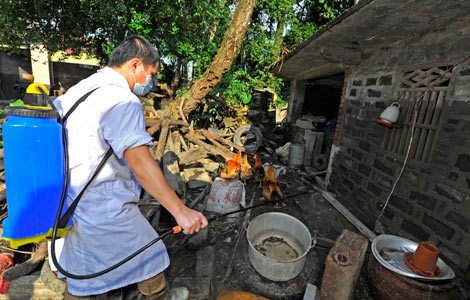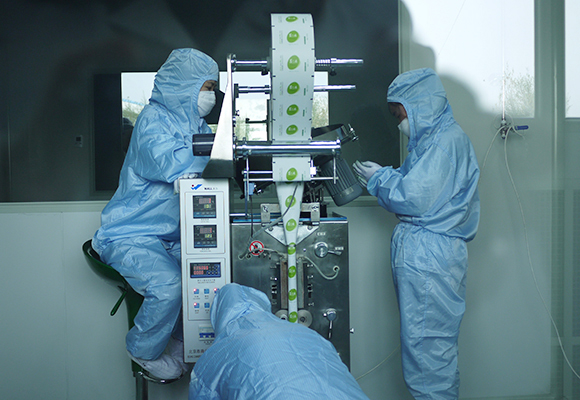New economic model breathes life into desert control
Updated: 2013-11-05 16:45
By He Yini (chinadaily.com.cn)
|
||||||||
"The social benefits of the new economic model are huge; there's no doubt about that. But in the end, the company has to find a way to make money in order to survive," said He Jiankun, president of the Institute of Low Carbon Economy of Tsinghua University.
The company is expecting a break-even balance sheet next year given the fact that the market is starting to recognize the company and its products, thus cutting the company's deficit to about 10 million yuan this year from 40 million yuan four years ago.
Continuing efforts
"Selling spirulina is not the end; it's just a means to the end," said Li Jinglu, the company's chairman. "The thing is, desert control is a huge undertaking, and it is not within the power of a mere company."
Li said he has spent ten years struggling all along the way until an economic model that is green, low-carbon, circular and sustainable takes shape.
|
 Spirulina is seen under microscope at one of the company's laboratories in Erdos, Oct 20, 2013. [Photo by He Yini / chinadaily.com.cn] |
"The model is unique, and viable in desert control. More importantly, it can improve the well-being of local people, and spur local economy," said Jiang Minlin, an official with the State Council, when visiting the Maowusu desert and the factory, a field trip initiated by IEEPA.
Jiang added that it is within reason for the model to win support from the Chinese government and to be extended to other desert areas and provide more benefits.
Desertification has long been an ecological problem in China, and a big headache for the Chinese government. Statistics show that more than 1.7 million km2 of the country's territory is now covered by desert, 40 percent of which has aquifers that makes desert control not only possible but much easier.
China has been stepping up efforts on afforestation, desert control, and carbon emissions reduction, in a bid to spur its green transformation amid urbanization and economic restructuring. The country plans to cut carbon emissions relative to GDP by 40 to 45 percent by 2020, compared with 2005 levels.
Guan Minjie, an official with the Ministry of Agriculture, said: "We have to standardize each link of the new economic model to make it big and reproducible nationwide. Only in this way can it become a boon for China and beyond."
"Desert control is part of our Chinese Dream," said Li Junyang, general secretary of IEEPA. "The road ahead is bumpy. But once the chained industry takes off, that dream will naturally come true."

 Graduation celebration for Santas
Graduation celebration for Santas
 One World Trade Center deemed tallest US skyscraper
One World Trade Center deemed tallest US skyscraper
 Xiamen Airlines gets milestone 100th Boeing
Xiamen Airlines gets milestone 100th Boeing
 PANDA! set to debut in Las Vegas
PANDA! set to debut in Las Vegas
 Lest we repeat the horrors of the past
Lest we repeat the horrors of the past
 Haiyan toll rises in Guangxi, Hainan
Haiyan toll rises in Guangxi, Hainan
 US honors its veterans with ceremonies, parades
US honors its veterans with ceremonies, parades
 Carnival season kicks off in Cologne
Carnival season kicks off in Cologne
Most Viewed
Editor's Picks

|

|

|

|

|

|
Today's Top News
World Bank head hails China's reform plan
Renewable energy set to steam ahead
Xiamen Airlines gets milestone 100th Boeing
Alaskan seafood stars in Singles' Day
China and US should focus on the 'big picture'
Leadership charts path
China can curb pollution: UN
China, EU 'to launch investment treaty talks'
US Weekly

|

|





